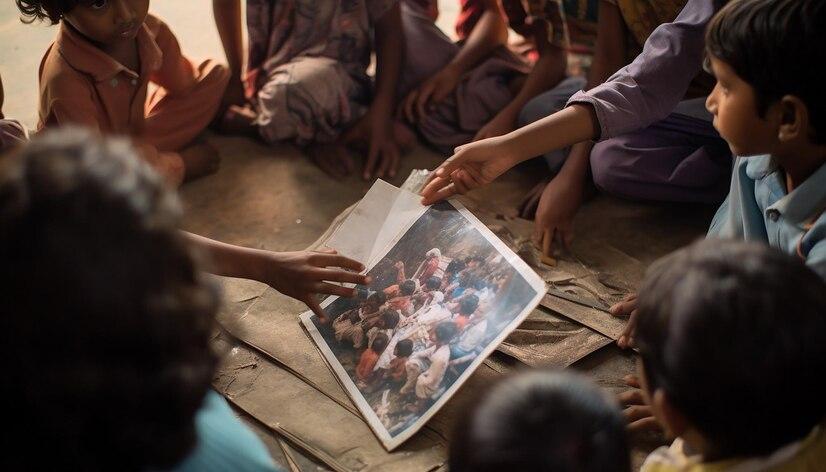Non-Governmental Organizations (NGOs) play a crucial role in driving social, environmental, educational, and humanitarian change across communities. One of the key responsibilities of an NGO is to maintain transparency and demonstrate impact. This is where an NGO Project Report becomes essential.
What is an NGO Project Report?
An NGO project report is a formal document that provides a comprehensive overview of the planning, implementation, and outcomes of a specific project undertaken by an NGO. It serves as a record for internal review, stakeholder engagement, donor accountability, and future funding proposals.
Why is it Important?
-
🧾 Accountability: Keeps donors, government bodies, and other stakeholders informed.
-
📊 Performance Tracking: Measures the impact and effectiveness of project activities.
-
💡 Learning Tool: Helps the organization reflect on challenges and replicate success.
-
💰 Funding Support: Essential for applying for new grants and maintaining relationships with funders.
Key Components of an NGO Project Report
-
Executive Summary
-
A brief overview of the project, goals, beneficiaries, duration, and results.
-
-
Background Information
-
Description of the NGO, its mission, and the problem the project aimed to address.
-
-
Project Objectives
-
Specific, measurable goals that were intended to be achieved.
-
-
Implementation Strategy
-
Activities conducted, timelines, methodologies, and partnerships involved.
-
-
Budget and Financial Summary
-
Detailed financial breakdown of funds received, expenses incurred, and remaining balances.
-
-
Outcomes and Impact
-
Quantitative and qualitative results achieved; include charts, case studies, and testimonials.
-
-
Challenges and Lessons Learned
-
Issues faced during execution and the insights gained.
-
-
Conclusion and Way Forward
-
A summary of success, suggestions for improvements, and potential next steps.
-
-
Annexures
-
Supporting documents like attendance sheets, photos, survey forms, or news coverage.
-
Tips for Writing a Strong NGO Project Report
-
Use simple, clear, and professional language.
-
Support statements with data and evidence.
-
Include visuals like photos, graphs, and infographics to enhance readability.
-
Align outcomes with the Sustainable Development Goals (SDGs), if applicable.
-
Always proofread for grammar and formatting consistency.
Final Thoughts
An impactful project report not only showcases the achievements of an NGO but also builds trust with stakeholders. When well-documented, it becomes a powerful tool for advocacy, awareness, and funding.
